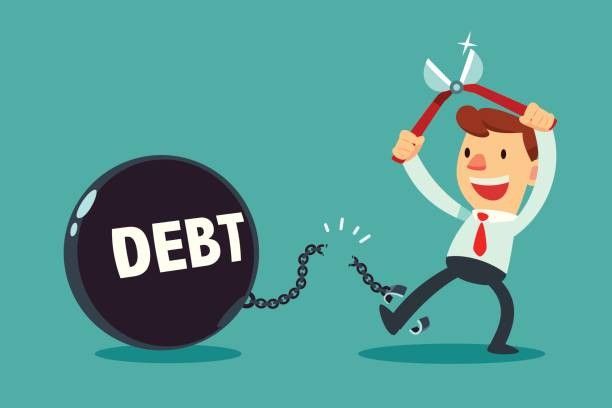
Know Your Debt
When the year starts winding down, it’s always a good idea to review your current debt situation. Has it increased or decreased in the past year? Debt can come in all shapes and sizes, but the most common types of debt are student loans, mortgages, auto loans, and credit cards. There are also “good” debts to have and “bad.” In simple terms, debt is any money you owe, and it’s time to review where you stand financially!
Everybody has debt, it’s part of life, but make sure the debt you do have is not destructive to your financial health.
“Good” Debt
Anything that helps build your wealth or increase income over time is considered a “good” debt. This could be mortgages, student loans, or business loans. These debts are considered “good” because individuals are usually better off in the long run.
“Bad” Debt
On the reverse, “bad” debt is anything that doesn’t increase your wealth or generate income over time. This debt only hurts you and weighs you down. These are things like credit cards and other consumer debt. Your credit score is determined based on a variety of data, and one is that you don’t use more than 30% of your available credit limit.
Take Control
The first step to decreasing your debt is to write down all your debts, how much, and where they’re owed. Next, determine a payment plan of action. You need to find what works best for you and your current income as you take on your debt. Maybe this means paying a little bit off each debt every month, or maybe this means paying off each debt from smallest to biggest. You could also increase how much you pay each month, if your financials allow it.
Whatever you choose, it’s important to set a budget, stick with it, and dramatically cut your expenses! Pay off your current debt before adding any more. Stop creating more debt for yourself.
Make it your mission to tackle your debt in the next year!
.png?token=6adcf38ed58846e4f05e97718ba6eb6d)